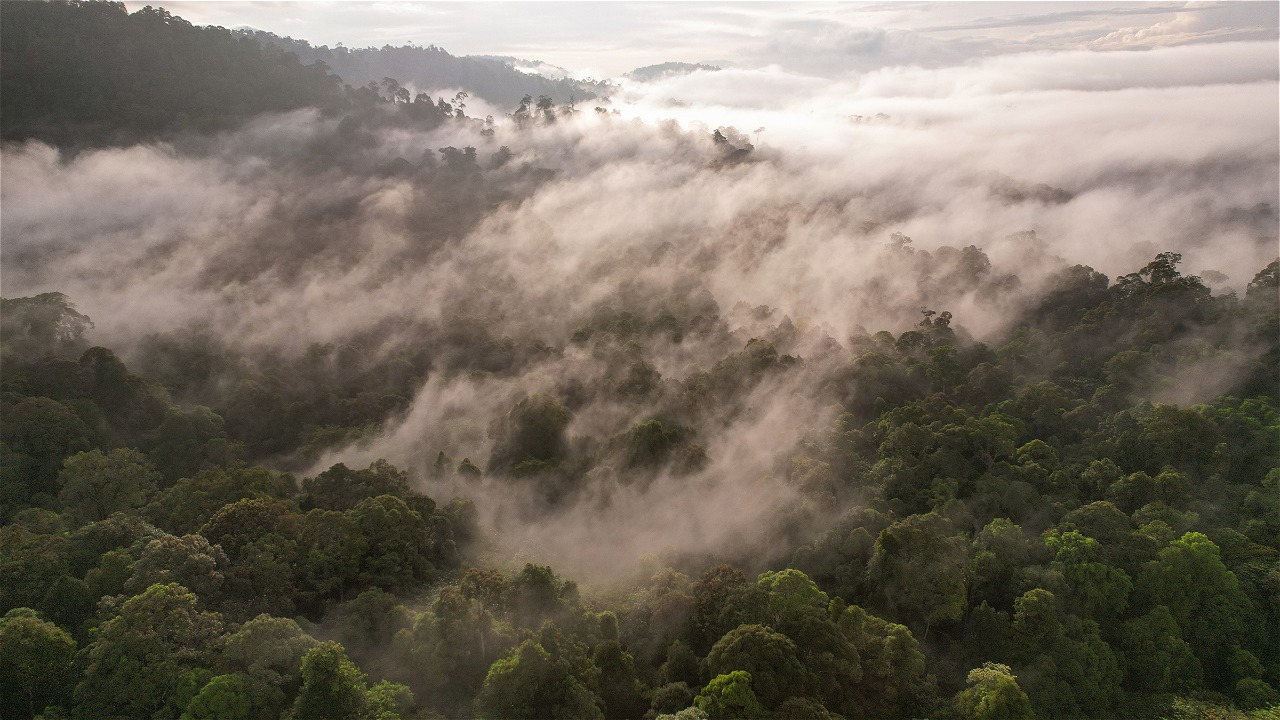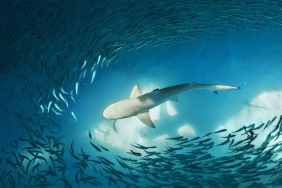MORE THAN 80% OF DEFORESTATION IS CONCENTRATED IN 11 REGIONS OF THE WORLD
JAKARTA - WWF today released a report identifying eleven regions of the world - 10 of which are tropical - that are contributing to more than 80% of global forest loss through 2030.
In the report, the latest installment of the WWF Living Forest Report, more than 170 million hectares of forest could be lost between 2010 and 2030, in regions referred to as "deforestation frontss", if current forest loss trends remain unchanged. The regions referred to as "deforestation fronts" in this report are the Amazon, Atlantic Forest and Gran Chaco, Borneo, Cerrado, Choco-Darien, Congo Basin, East Africa, Eastern Australia, Greater Mekong, New Guinea and Sumatra.
Some of these places have the richest biodiversity value in the world, including endangered animals such as orang-utans and tigers. In addition, all of these places are also home to indigenous peoples.
"It's conceivable that forests stretching across Germany, France, Spain and Portugal will be gone within 20 years," said Rodney Taylor, Director of WWF International's Forests Program. "We're trying to figure out how we can address this risk so that we can still save the communities that depend on forests for their livelihoods, but also ensure that carbon is stored in forests, and that forests continue to provide water, timber and homes for millions of species."
This report is based on WWF's previous analysis which shows that more than 230 million hectares of forest will be lost by 2050 if no action is taken. In addition, the rate of forest loss must be halted to near zero by 2020 to avoid the impacts of climate change and the economic losses that will result.
Solutions with a Landscape Approach Essential to Stop Deforestation
Living Forests Report: : Saving Forests at Risk examines where most deforestation is likely to occur in the near future, the underlying causes and solutions to reverse projected deforestation trends. Globally, the leading cause of deforestation is the expansion of agricultural areas - including commercial livestock, palm oil and soy, but also encroachment by small-scale farmers. Unsustainable logging and firewood collection can contribute to forest degradation, or mining, hydropower and other infrastructure projects that provide new roads by clearing forests for settlements and agriculture.
""Threats to forests come from multiple sources, more than those caused by a single company or industry sector, and they often cross national borders. Solutions that comprehensively consider the entire landscape are therefore needed,"" Taylor said. ""This means that any forest and land use decisions must be made in a collaborative and responsible manner that addresses the needs of business, society and nature."
The report was launched in conjunction with the Tropical Landscapes Summit: A Global Investment Opportunity, which took place in Jakarta April 27-28 and brought together government, business, international development partners and non-governmental organizations to discuss the potential for green investment in Indonesia.
""This meeting is a good opportunity to encourage progress in green investment and partnerships between the public and business,"" said WWF International Director General Marco Lambertini, who also attended as a speaker. ""Indonesia has a great opportunity to shift towards an innovative green economy, putting people first and a healthy environment second. Choosing to maintain healthy, natural forests for multiple purposes and optimizing the productivity of the land around them would be an exciting example of this approach. We need to intelligently plan the use of healthy forest landscapes for the long term. ""
Focus on Indonesia
Despite the declining rate of forest destruction, deforestation remains a major issue in Indonesia. Sumatra has lost more than half of its natural forests to plantations for paper and palm oil production, and the remaining forests are already severely fragmented. WWF projections in this report suggest at least 5 million hectares of forest could be lost by 2030. Forest cover in Borneo, including Malaysia and Brunei, could remain less than a quarter of its original extent by 2020 if current trends are maintained. New Guinea, which includes Indonesia and Papua New Guinea, could lose up to 7 million hectares of forest between 2010 and 2030 if large-scale agricultural development plans materialize.
""The Indonesian government and local policymakers can replace short-term oriented development plans with land conservation approaches that will preserve forests and provide better economic opportunities,"" Taylor said. ""The moratorium on new conversion permits is an opportunity to examine the steps needed to halt deforestation and develop a greener, more inclusive economy."
Budi Wardhana, WWF Indonesia's Director of Policy and Transformation added, "This WWF report is an illustration of the scenario if we do not work to improve the situation and lift the pressure on forests. Therefore, it is necessary to increase joint efforts towards the transformation of sustainable management of forest and land resources, especially in the forestry sector, through interactions between the government, the business community and the community with increasingly positive dynamics. Various commitments from businesses that are already consciously willing to follow the rules of sustainability need to be supported by government policies and transparent monitoring by civil society so as to achieve the implementation of policies and commitments to preserve our nature in an obedient and accountable manner."
-o0o-
For more information, please contact:
Nenden N. Fathiastuti, Public Relations Manager, WWF-Indonesia
Email: nfathiastuti@wwf.or.id, Hp: +62 811 1909-148
Aditya Bayunanda, Forest Commodities Strategy Leader, WWF-Indonesia
Email: abayunanda@wwf.or.id Hp: +62 818 2655 88
Note to Editor:
The Living Forests Report aims to spark a discussion about the role and value of forests in a future where humans live beyond the earth's ecological limits and use natural resources equitably. The Living Forests model that WWF designed with the International Institute for Applied System Analysis is the basis of the Living Forests Report. Previously, other parts of The Living Forests Report that have been launched are: Forests for a Living Planet; Forests & Energy; Forests & Climate and Forests & Wood Products. Details can be accessed via http://bit.ly/LivingForestsReport.





